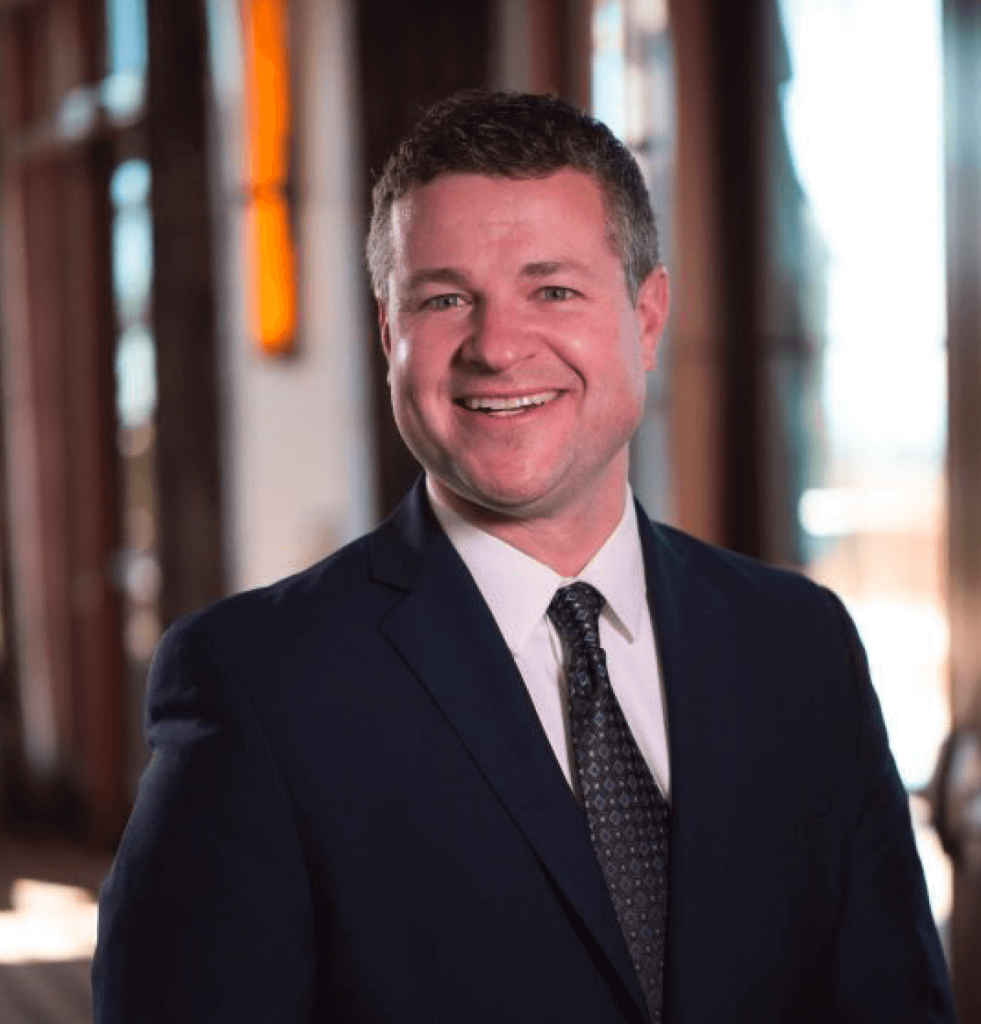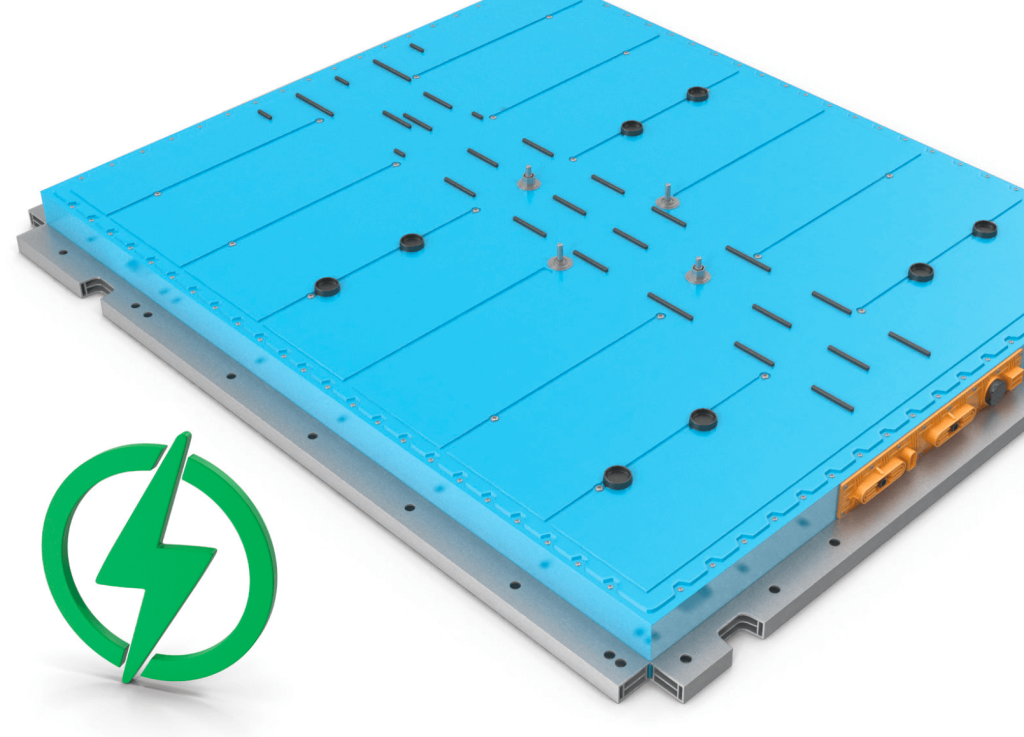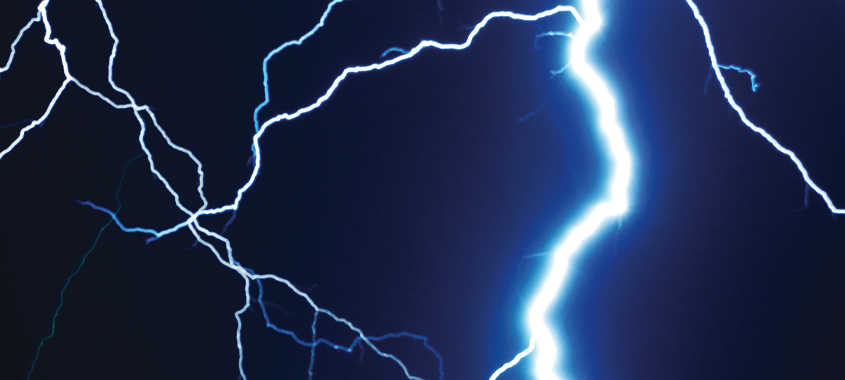ELECTRIC VEHICLES WILL CHANGE THE WAY WE WORK
By Max Reid
Talk of electric vehicles is abuzz lately— but what do collision centres really need to prepare for in the interim as EVs gain popularity?
“It is really a very different process, not only in terms of writing an estimate for an electric vehicle but blueprinting that repair as well to really make sure you’re bringing that vehicle back to pre-loss condition,” said Ryan Mandell of Mitchell International, in an interview with Collision Repair at the September’s Fix Network National Conference in Quebec City.
As director of performance consulting at Mitchell International, Mandell delved into the numerous factors that make EV repairs more complex, more costly, and more necessary than ever for shops to have a grasp on.
He touched on the weight of EV batteries and the subsequent lightweighting traditional gas-powered models must undergo to account for it, in turn causing a drive among OEMs to develop lighter materials and metals for parts.


Mandell says that, on average, EVs are found to contain more than double the number of semiconductors than a gas-powered vehicle and often have about 12 more repair lines on their estimates.
Mandell says that, on average, EVs are found to contain more than double the number of semiconductors than a gas-powered vehicle and often have about 12 more repair lines on their estimates.
He points to Subaru, Ram and Chrysler as the three major, non-luxury OEMs currently producing the most electronically complex vehicles on the road today. With the aim of eliminating as much confusion for technicians as possible, Mitchell made a point of updating the language in many of its management platforms this year, in order to conform more repair procedures to EV-specific language, where previously placeholder terms were used.
Due to the nature of lithium-ion batteries and the way EV powertrains function, the vehicles are on track to run at higher overall temperatures as the technology grows more complex, which Mandell points out will likely force technicians to consider things like cooling lines running through a damaged vehicle.

Due to the nature of lithium-ion batteries and the way EV powertrains function, the vehicles are on track to run at higher overall temperatures as the technology grows more complex, which Mandell points out will likely force technicians to consider things like cooling lines running through a damaged vehicle.
On the consumer-facing side of things, the war in Ukraine and the spike in metal prices that resulted is currently threatening the path to price parity between EVs and gas-powered vehicles.
The wave of electrification is also having a unique effect on traditional brand loyalties, according to Mandell, who found that most drivers these days have one or two automakers they trust enough to buy a gas-powered vehicle from. When it comes to EVs, drivers were more open to buying from brands they have no prior experience with.
Mandell says Canada’s burgeoning EV infrastructure is progressing well in building charging stations, which he attributes largely to the vested interest various levels of government have in achieving certain emissions targets and meeting goals that would demand an adequate charging network Near the end of his presentation, Mandell put forth the question to the repair centre owners and managers in the room of whether their business would be prepared for their repair mix to suddenly shift to 10 percent EV repairs.






















